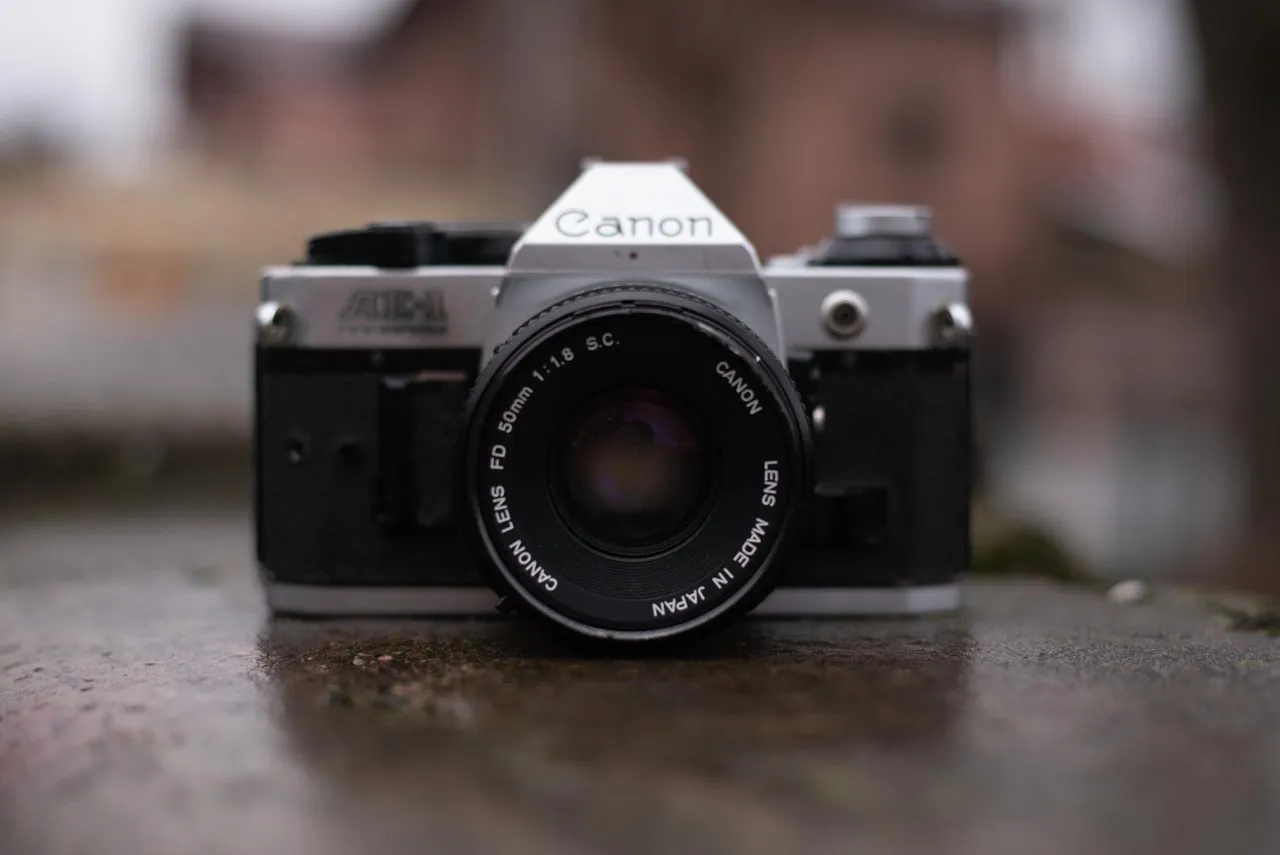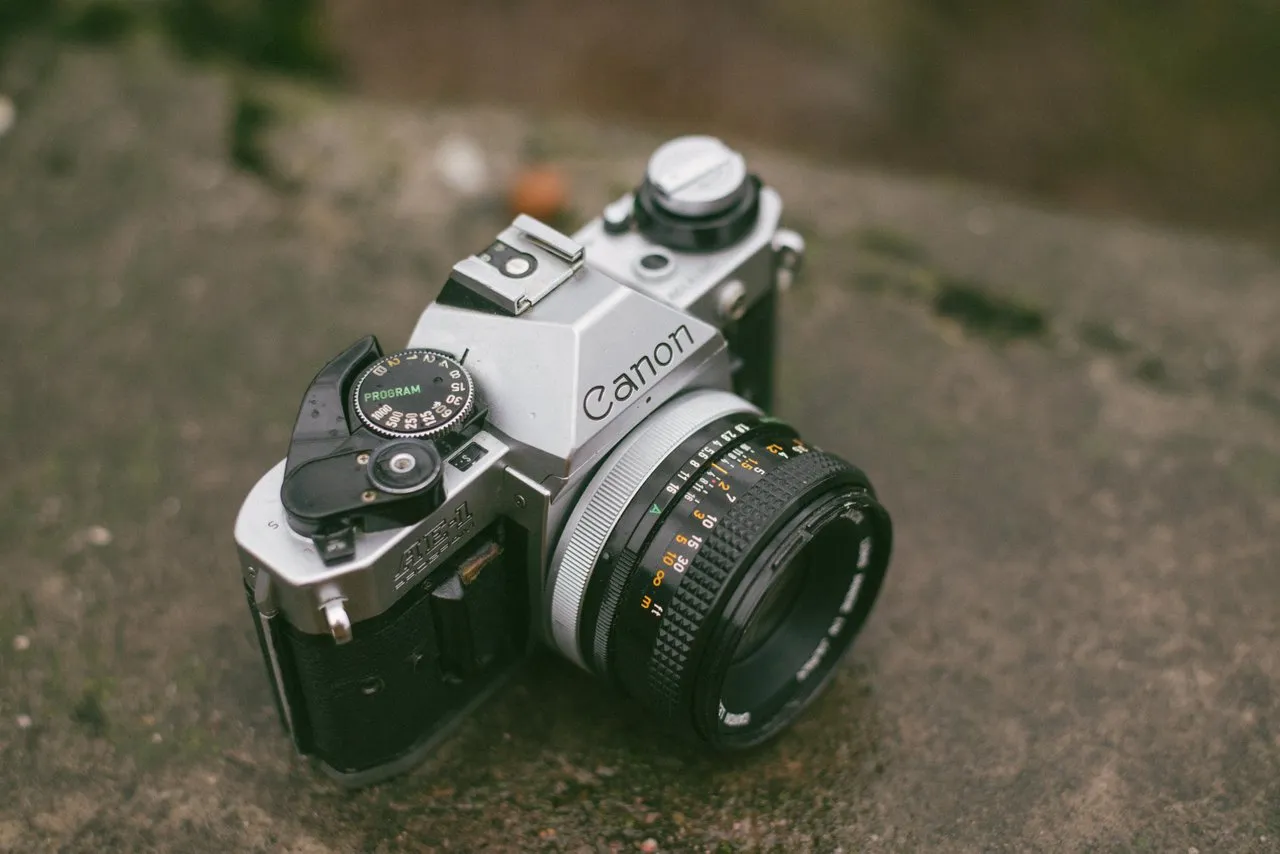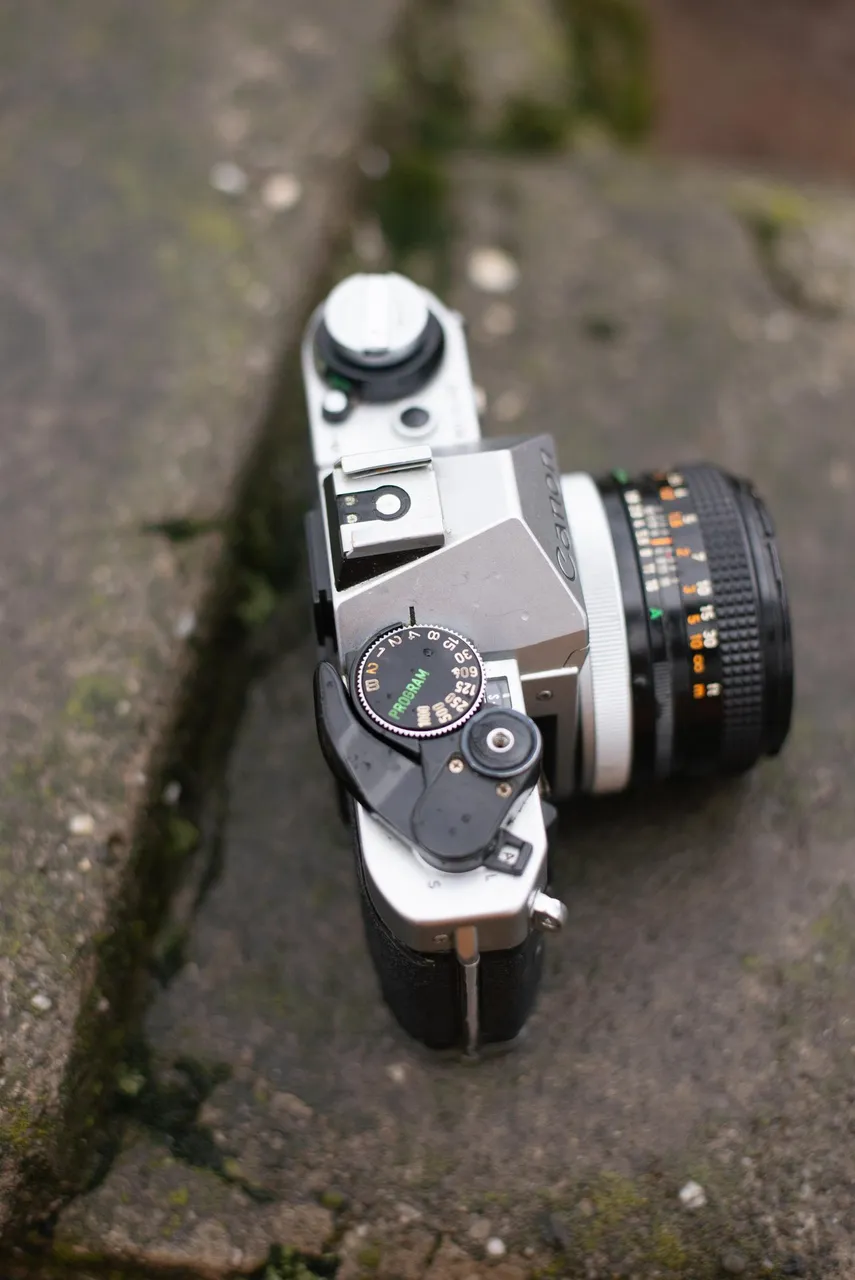I decided that it's time to accept the limitations of my Zenit TTL and all the flaws my copy had. As much as I was in love with the rough style of photographing that it can be used for, my journey exploring the world of film photography is just at its beginings.
After some research my eyes stopped on the Canon AE-1.

The exact model is the AE-1 Program, the one that came out later, in 1981. So now I own two cameras older than me. Functioning better than I do I would say. To be sincere I would have gone for the first model, put out on the market in 1976 but I couldn't find it anywhere in Romania and I don't really know why but I've stopped buying on ebay for some years already.
Why I chose the AE-1?
Well the reasons are pretty simple:
- I was in the market to buy a camera that would make me fall in love with. I don't know yet if I made the right choice. Don't get me wrong: burning films with the Zenit TTL is a pretty straight forward experience and an exhilarating one as it is an intense jobs in itself. Not the most friendly camera ever made, bulky, heavy and VERY VERY hard to convince to take the correct shot.
- As with the TTL (the most sold camera in the USSR and the countries behind the Iron Curtain) I wanted a piece of history, some camera that changed the game and was made in a lot of copies so it was going to be affordable.
With Canon AE-1 I hope I ticked both of the requirements I set myself. I guess only time will tell.

As much as I could play along with this camera (I only have it for 24 hours now), I enjoyed some nice things that it features. What you should know about it is that this camera was THE FIRST SLR in history that had and used a microprocessor in order to determine the exposure settings. That is because this camera has a semi-automated mode that can be regarded as "shutter priority" mode. Practically it has a very basic micro-processor that can take electronic measurings of the exposure in a frame and control the F stop of the lens. The whole exposure meter is a very well done feature of this old camera and when in shutter priority mode it will show on the right of the viewfinder the F stop that it selected, while in total manual mode, it will show the apperture that you SHOULD select based on the readings of the microprocessor. It was pretty revolutionary for those times.

The camera is totally dependent on the battery and that was one of the big changes as well at that moment. Before that cameras were pretty much mechanical and with the exception of a few electronic functions (like the reading of exposure), everything else was activated by the power of winded resorts and cogs. In AE-1 if you are out of battery then you are out of business. This didn't stop Canon to become a name in the SLR market which they couldn't really control before this model as Nikon was the one that was making the game.
Another thing that this model brought into the game was the plastic (ABS) components which didn't limit only to the outside case but also to some parts of the mechanisms inside. This really helped Canon cut down costs in order to get inside the SLR big market and have an impact but it also contributed to some flaws in some copies of the camera.

The overall feeling of the camera is great. It's light, pretty fast and once I got the hang out of the features it packs I could really understand why this camera is so loved and so used...still!
A funny fact about the sound the shutter makes when it is pressed: you can always hear that specific sound if you own an iPhone. The camera sound when you take a picture is recorded by the sound designer of Apple, Jim Reekes, from his highschool AE-1.